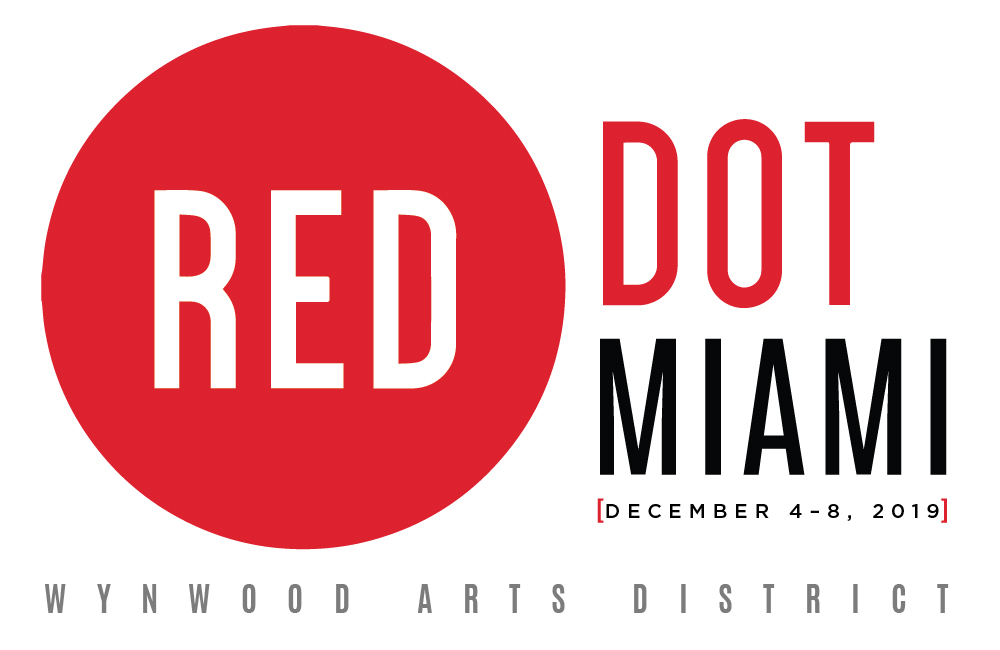Maya Hayuk is an artist who lives in Brooklyn and typically paints large scale, vividly colored, geometric murals. One series in particular, called The Universe, The Universe II, and Hands Across the Universe, evokes prisms of neon light. They’re abstract yet cheerful, which explains why Starbucks approached Hayuk last October about wanting to use them on its new Mini Frappuccino campaign.
The blended beverages hit stores in May, served in cups featuring a fan of pink, yellow, green, red, and cerulean rays bursting out of the “i” in Mini. The same motif appears in promotional posters and a video by 72andSunny, the coffee company’s advertising agency. The dancing strips of color are energetic, and fit right in with the rest of Hayuk’s portfolio.
Too bad she didn’t create them.
The artist, who has worked with the likes of Facebook and Microsoft, declined to work with Starbucks because, as reported by the New York Post, she didn’t have time. And now she’s suing Starbucks and 72andSunny for $750,000 in copyright penalties, and seeking unspecified damages. She claims the company infringed on five works: the Universeseries, Sexy Gazebo, and Kites #1. She did not reply to our requests for an interview.
Starbucks declined to comment beyond an official statement, saying, “We have a longstanding history of supporting and elevating artists in the community. We take Ms. Hayuk’s complaint very seriously and continue to investigate the allegation.” There is no clear word on who the designer or artist is, if not Hayuk.
Hayuk’s claim says Starbucks “brazenly created artwork that is substantially similar” to her own, and the “Frappuccino Campaign is essentially identical to the Starbucks campaign 72andSunny proposed to Hayuk.” The language here is important, and it shows why artists often have a hard time proving copyright infringement.
According to Daniel A. Schnapp, an intellectual property and art litigator with Fox Rothschild LLC, the artist must show at least three things to prove copyright infringement. The first is a “substantial similarity” or “striking similarity” between her works and those Starbucks used. She also must show Starbucks had access to her work, and damages, or that the Mini Frappuccino campaign profited from the design.
Proving substantial similarity is a thorny issue. It isn’t enough for her work and Starbucks’ campaign to look alike.
“It does look like her work is a kaleidoscope graphic type of work, and is using a variety of colors,” Schnapp says. But beyond that, “there’s an issue of whether her work in the original format was, for example, 3-D, and if [Starbucks] created it using computers. One of the defenses a company like Starbucks might use … is her work looks like work that is like many other works out in the public domain.” Put differently, laying claim to colorful, geometric designs isn’t so simple. One way to determine substantial similarity would be to ask a group of people if they identity the two works as being the same. But when it comes to deciding copyright infringement in art, Schnapp says “there’s not much in the way of bright line test or a black and white rule as to how to prove a copyright claim.”
Every case might be a snowflake, unique to the art and copyright registrations involved, but the underlying assertion that a corporate entity infringed upon an artist’s work isn’t new. Yahoo’s News Digest iPad app and the work of Mike Joyce, who makes posters in the style of Helvetica Swiss Modernism, is an interesting example of this. The app included elements of flat surface design that, in many cases, were almost identical to those seen in Joyce’s designs. Yahoo denied stealing Joyce’s work, arguing that it, like Joyce, drew inspiration from the Swiss modernist school of design. Even other design professionals said copying is part of the game, Bloomberg Business reported.
Artists can protect themselves by copyrighting their work—something Hayuk did—but even that doesn’t make for an airtight case. There’s a difference between protection of an idea and protection of an expression of an idea. In Hayuk’s case, you could say the idea is a “colorful, geometric, kaleidoscopic” painting style. But the expression of that idea comes down to composition, materials, scale, and context. Proving Hayuk’s case could come down to the minutiae of the shades of colors, and the angles of the shapes—which, if you look closely at her work and the Starbucks campaign, aren’t exactly the same. And that may be enough. “The underlying idea is not protectable,” Schnapp says, “but the expression of the idea can be.”
by Margaret Rhodes






